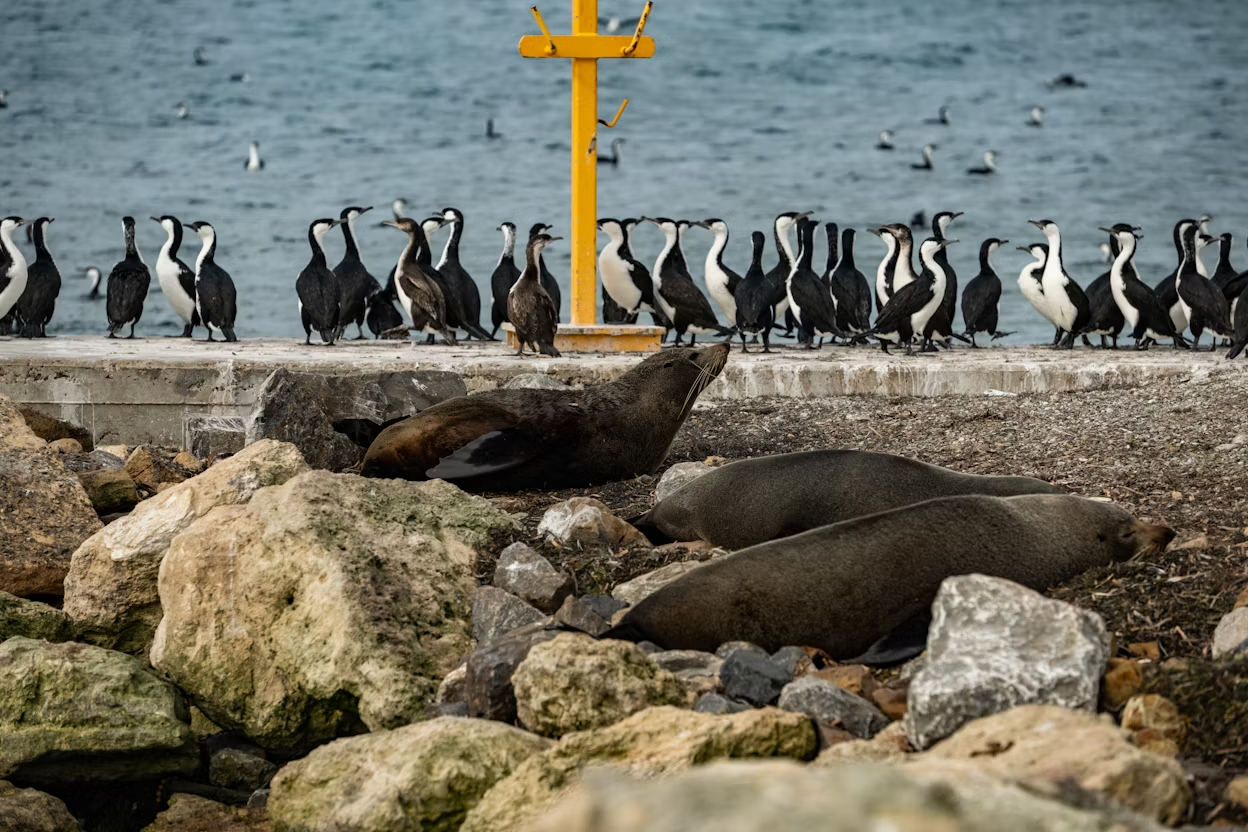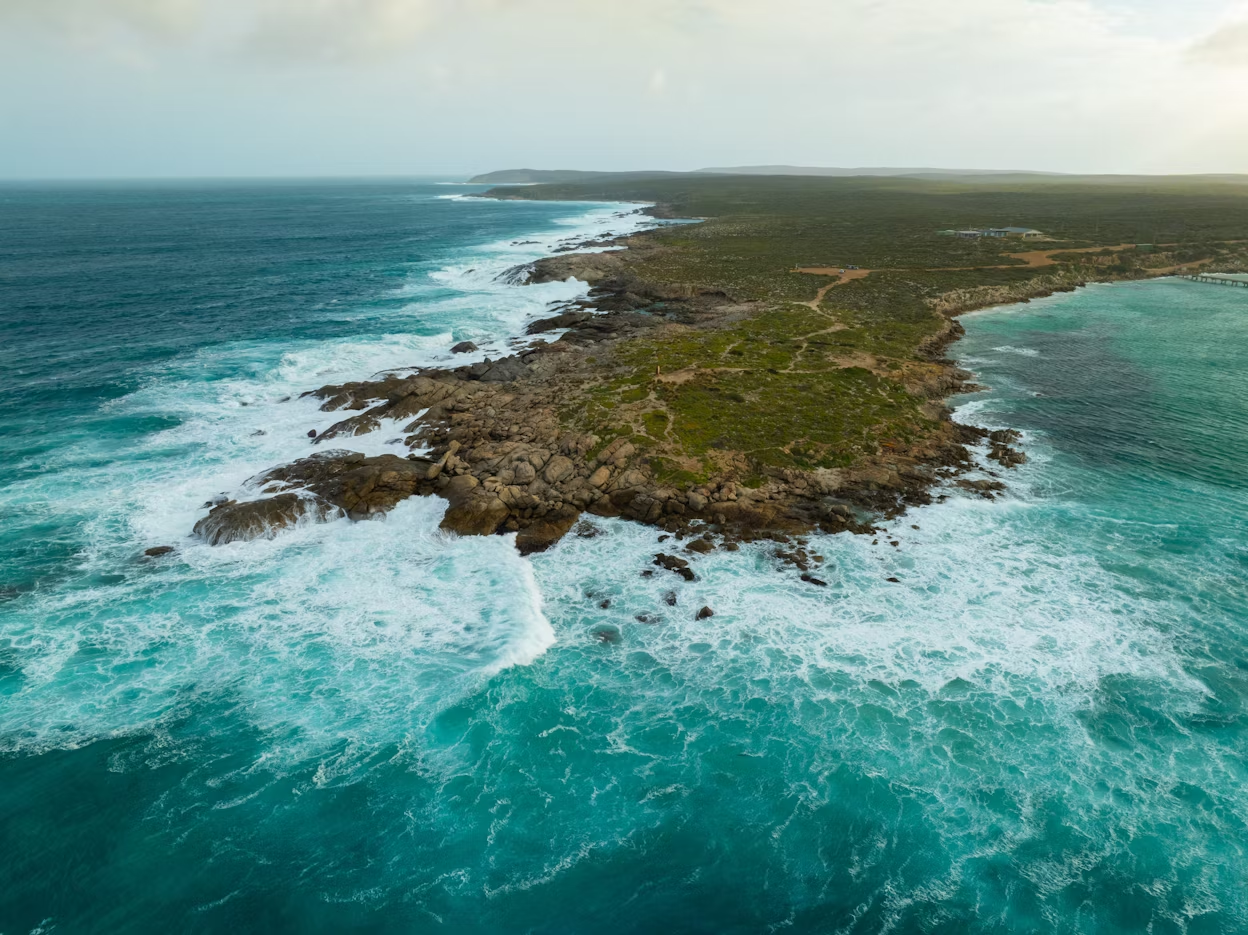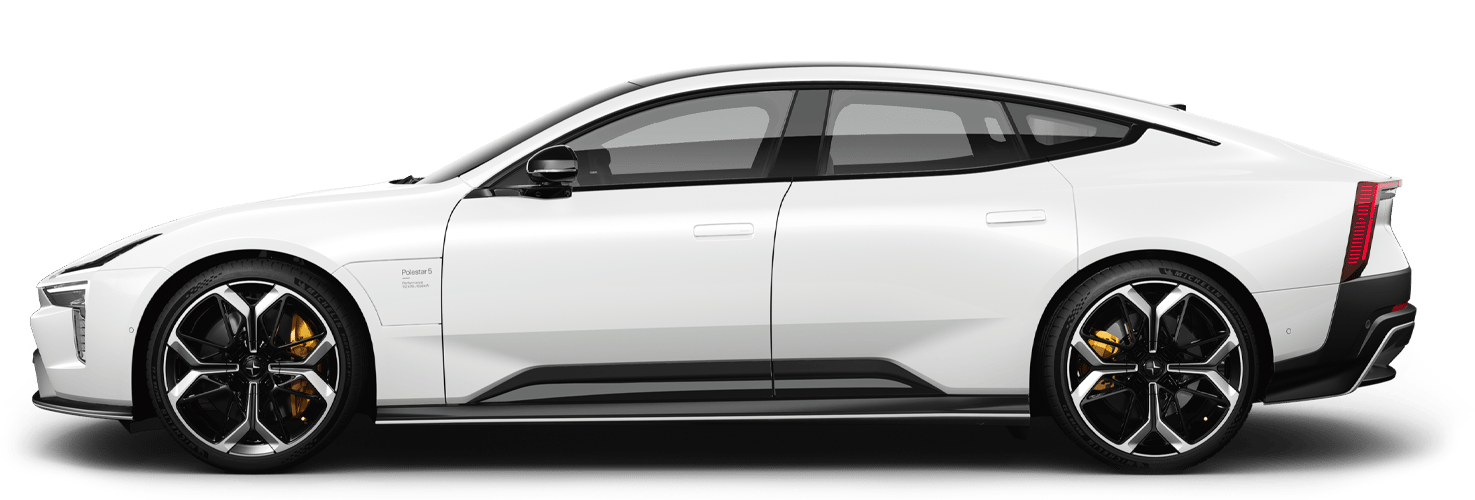Beyond the Road: Stan Gorton
We’re back again with the sixth installation of Polestar’s Beyond the Road content series, where we meet Polestar owners from all around the world. For this episode, we head down under to Australia to meet Stan Gorton, a journalist and environmentalist who lives on the aptly named Kangaroo Island: a small, picturesque haven off the coast of South Australia. With his four-legged friend Twiggy by his side, we get an insight into what life is like going 100% electric in this remote part of the world.
Life outside the mainland
On the rugged and wild Kangaroo Island, life moves to a different rhythm. This is a place where wildlife roams freely amongst the eucalypts and scrub, warmed by the abundant sunshine and constantly invigorated with the crisp ocean breeze. Situated 14 kilometers off the coast of South Australia, the island’s 5,000-or-so residents enjoy a harmonious coexistence with the natural world.
Among those who call this place home is Stan Gorton. Well-known amongst the island’s tight-knit community, Stan stands out as a seasoned journalist, who left the hustle and bustle of life on the mainland to work for The Islander local newspaper. A decision he says he’s never looked back on.
Despite only having lived on the island for six years, Stan is pretty much a part of the furniture. Walking down the main street of Kingscote, the island’s largest town, he manages to strike up a conversation with almost everyone walking past – friends, colleagues and anyone in between. You can’t help but feel like he's somewhat of a local celebrity, though he insists that isn’t the case. Rather, he puts it down to the local community spirit. “Everybody knows each other, there’s a real sense of community here,” says Stan. From the moment he moved over, he says he felt right at home.


We should all be environmentalists because we all live on the same planet and we all have a responsibility to take care of it.
In touch with the natural world
As well as his passion for community-focused journalism, Stan is an environmentalist at heart. Reflecting on where his affinity for nature comes from, he recounts going camping in the mountains from a young age, and being fully enveloped in the beauty of the Australian landscape. Though he admits, "Living on Kangaroo Island has certainly stepped that up a bit.” Life on the island presented the opportunity for Stan to live “off-grid” ��– though he says he’s not completely disconnected – and this was important in his decision to move.
Life on Kangaroo Island is centered around nature. There is a deep respect for the environment that permeates and weaves itself through daily living. Many homes make the most of the almost-year-round sunshine with solar panels on the roof, and it’s not uncommon to see people tending to their vegetable gardens or even beekeeping.
The island is also a sanctuary for many native species of flora and fauna, some of which are endangered. “It’s known as a zoo without fences,” jokes Stan. “We’ve got great amounts of biodiversity amongst animals and plants, making it a special place to call home.”
And in amongst the pygmy possums, glossy black cockatoos and, of course, the kangaroos, another sight is becoming more familiar on the island: electric vehicles.












01/06
Electrifying the island
Stan prides himself on being Kangaroo Island’s first Polestar 2 owner. Outside of loving the way the car looks and handles the road, his decision to purchase a Polestar 2 as his first electric vehicle leaned more towards being able to drive a car that fully aligned with his values.
“I did a lot of research into what kind of EV I was going to get. What got Polestar 2 over the line for me was Polestar’s ethics. I like Polestar because they're an EV-only brand and very focused on sustainability,” Stan remarks. Becoming less reliant on fossil fuels and reducing his own carbon footprint was key to him choosing to go electric with Polestar.
“Plus, of course, the capabilities of the car – its range, its power, and the way it looks too,” he adds.
Cruising the long, winding roads that twist through the trees and roll up to the very edge of the coast, Stan’s love for driving becomes apparent. He admits that road tripping in his EV is his newfound passion, and he loves nothing more than to take his Polestar on the ferry across to the mainland and drive thousands of kilometers across Australia whenever he has the chance. Of course, his pet dog Twiggy is always along for the ride.
“It's a very quiet, serene experience, and it has all the driver's assistance features that make road tripping easy,” he says. Having taken his Polestar 2 to many remote and far-flung corners of the mainland, Stan insists the key to success is forward planning.
“Planning out where to charge ahead of time and being conscious of your range isn’t really any different to making sure you don’t run out of petrol,” Stan says. “I think there's a lot of trepidation and people are scared of new things, but really you should just get out there and try it – it's way easier than you think.”
Stan’s road trips have taken him to almost every state in the country, including along the world’s longest stretch of straight road, the Nullarbor. Conveniently, charging stations have popped up along the route, including a solar powered station at the Nullarbor Roadhouse. With remote parts of Australia becoming more EV-accessible with charging infrastructure, Stan says there’s no reason why you can’t travel around the country in an electric vehicle.
So, he’s done just that, and has recently become the very first person to circumnavigate Australia in a Polestar.


The push for positive change
When it comes to daily life on the island, Stan says making the switch to electric has been nothing short of easy. He’s able to charge his Polestar with 100% solar power, enabling him to live his environmental values every time he gets behind the wheel.
For Stan, owning a Polestar is part of a larger vision for the future – one where he, and the Kangaroo Island community, can lead by example in sustainable living, and how humans can successfully coexist with nature. Making the switch to renewable energy and moving away from reliance on fossil fuels was an important and conscious change he knew he could achieve. He’s also happy to see a small but growing number of people make the switch to electric vehicles in his local community.
“We need to move to EVs. Ultimately, the biggest reason is climate change, to reduce emissions and stop putting carbon into the atmosphere. That will help in big cities where there's smog and things like that, but also helps in country areas. We're already starting to see our environment here impacted by warming and drying, so we all need to do our bit,” says Stan.
For now, Stan continues to enjoy the quiet thrill of driving his Polestar 2 as he zips along the roads that wrap around the island. His electrification journey is a testament to the power of personal commitment to one’s values, and the promise of electric vehicles. For him, and the rest of Kangaroo Island’s residents, it ultimately comes down to protecting their unique home and way of life, to safeguard their future.
“I think people don't realise what we've got here in terms of how special it is. It needs to be protected, and we need to acknowledge what a wonderful, wild and natural place Kangaroo Island is.”









